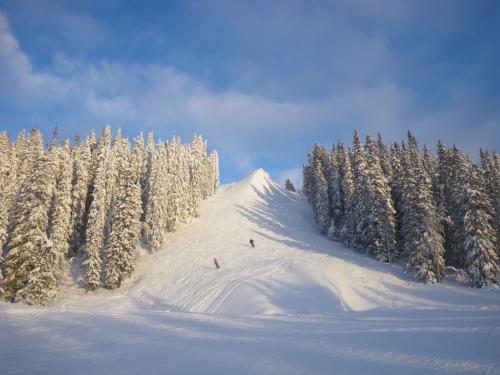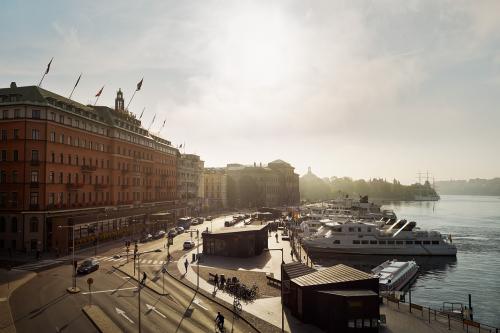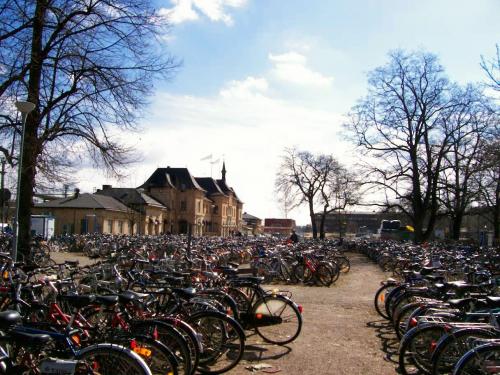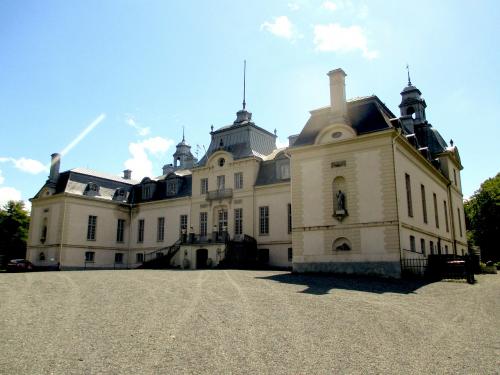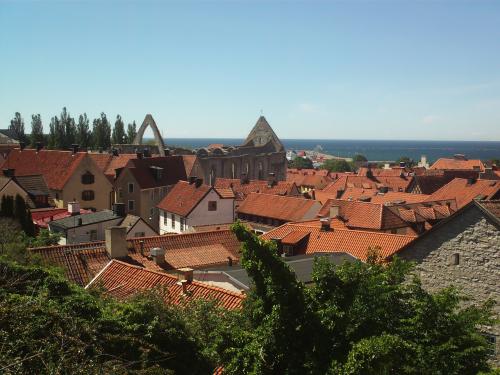Top 5 Swedish Resorts
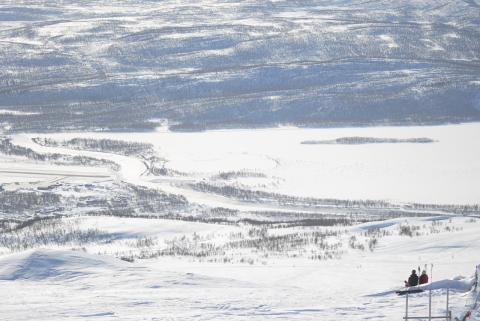
Sweden is the country in Northern Europe. It occupies eastern portion of the Scandinavian Peninsula and is washed by the Baltic Sea. Sweden is the largest Scandinavian country and fifth biggest country of Europe. Northern and western parts of Sweden are mountainous and the rest of country’s territory is relatively plain. Northern half of Sweden is colder than southern and south-western regions are the warmest due to influence of the Gulf Stream.
Nature is the main attraction of Sweden. There are untouched forests and numerous lakes, polar tundra and picturesque mountains that are available for tourists. Culture attracts many visitors too. Pieces of architecture, historical heritage and the very way of Sweden life are exiting and totally worth travel to the country.
Climate and Season
Contents:
Idre Ski Resort
Idre is the ski resort. It is situated in western part of the country not far from border with Norway. There are 29 km of trails, 300 m of height difference and 6 months-long skiing season. Along with skiing and snowboarding visitors are able to ride dog sleighs. During warmer part of a year Idre turns into great place for hiking, canyoning, rafting, mountain biking, horseback riding and fishing trout, char and grayling.
Climate in Idre by Seasons
The resort has milder climate than northern parts of Sweden, nevertheless winters there are cold and snowy while summers are mildly warm and rainy. March and April are cold enough to be final months of a skiing season. Through these average high temperature grows from 0 °С to 4 °С and lows are rising from -6 °С to -2 °С. In May weather becomes much warmer with daily range of 4-12 °С. Summer days are warmer with averages of 17 °С in June and August and 19 °С in July, though warming above 20 °С occurs too.
Climate and Seasonality by Month
| Jan | Feb | Mar | Apr | May | Jun |
| -9°C 16°F |
-8°C 17°F |
-4°C 25°F |
1°C 34°F |
7°C 45°F |
12°C 53°F |
| ⛷ | ⛷ | ⛷ | - | - | - |
| Jul | Aug | Sep | Oct | Nov | Dec |
| 13°C 56°F |
12°C 54°F |
8°C 46°F |
3°C 37°F |
-3°C 27°F |
-7°C 19°F |
| - | - | - | - | ⛷ | ⛷ |
t° - average; ⛷ - ski
Stockholm
Stockholm is the largest city in Sweden and Scandinavia. It stands on the range of small connected islets and has probably the cleanest air among all capitals of the world. The city was important center of Sweden since 13th century and there are plenty of historical landmarks as well as pieces of modern culture.
Climate in Stockholm by Seasons
The city has mild maritime humid continental climate. It is warmer than some localities located on same latitude due to influence of the sea. Also it is one of the sunniest European capitals. Begging of spring is rather cold with probability of snow in March and April. Temperature rises from 4 °C (39 °F) to 16 °C (61 °F) throughout the season. Summer average highs roam between 20 °C (68 °F) and 25 °C (77 °F) most of time and may even reach 30 °C (86 °F). Summer days are much brighter with up to 18 hours of daily sunlight.
Through autumn average high temperature drops from 16 °C (61 °F) to 5 °C (41 °F) and in late October snow may begin. In average snow cover in the city lasts for 75 to 100 days between late October and early March. Afternoons of winter are as cold as 0-2 °C (32-35 °F) and at night there is around -4 °C (25 °F). During long winter nights northern lights may appear in the sky above Stockholm.
Climate and Seasonality by Month
| Jan | Feb | Mar | Apr | May | Jun |
| -2°C 28°F |
-3°C 27°F |
1°C 33°F |
5°C 41°F |
11°C 52°F |
16°C 61°F |
| - | - | - | ⌘ | ⌘ | ⌘ |
| Jul | Aug | Sep | Oct | Nov | Dec |
| 18°C 64°F |
17°C 62°F |
12°C 54°F |
8°C 46°F |
3°C 37°F |
-1°C 31°F |
| ⌘ | ⌘ | ⌘ | ⌘ | - | - |
t° - average; ⌘ - excursion
Uppsala
For everyone who’s into the history of Vikings Uppsala is known as ancient center of culture of northern warriors. And indeed there are signs of presence of them since 5th century. Uppsala is one of the oldest cities in Scandinavia. Nowadays it is one of main educational centers of the country with major university with above 30 thousands of students. Most of historical landmarks are located on the western bank of the Fyris River.
Climate in Uppsala by Seasons
The city has humid continental climate and the weather there is moderated by the Gulf Stream. Spring is cool enough, but through the season average high temperature grows from 5 °C (41 °F) to 16 °C (61 °F). Amount of precipitation grows and it gradually transfers from snow to rain with last bits of snow falling in early April. Summer afternoons are usually as warm as 20-23 °C (68-73 °F), but warming up to 30 °C (86 °F) may occur too. Nights during the season are still cool with 10-13 °C (50-55 °F).
Through autumn daytime temperature drops from 17 °C (62 °F) to 4 °C (39 °F) and in late November snow starts to fall. Winter averages are roaming between 0 °C (32 °F) and 1 °C (34 °F) at afternoon and ranges from -3 °C (26 °F) to -5 °C (23 °F) at night, though occasional cooling down to -20 °C (-4 °F) is possible too.
Climate and Seasonality by Month
| Jan | Feb | Mar | Apr | May | Jun |
| -4°C 24°F |
-5°C 23°F |
-1°C 30°F |
4°C 40°F |
10°C 50°F |
15°C 59°F |
| - | - | - | - | ⌘ | ⌘ |
| Jul | Aug | Sep | Oct | Nov | Dec |
| 16°C 61°F |
15°C 60°F |
11°C 53°F |
7°C 44°F |
2°C 35°F |
-2°C 29°F |
| ⌘ | ⌘ | ⌘ | ⌘ | - | - |
t° - average; ⌘ - excursion
Malmö
Malmö is the third biggest city in Sweden and one of the most modern localities of the country. There are several noticeable landmarks of modern and classical architecture including Turning Torso tower, gothic old city hall and long Oresund Bridge. In addition to attractions of the city itself it is serves as great base for exploration of the Skåne County, the southernmost region of Sweden.
Climate in Malmö by Seasons
The climate of the city is affected by the Gulf Stream. Such influences moderates temperature averages. Spring progression of temperature follows from 7 °C (44 °F) in March to 17 °C (62 °F) in May. Nighttime temperature is above freezing through the whole season and grows to 7 °C (44 °F) by the end of it. Summer high averages are in range of 20-23 °C (68-73 °F) and lows are 11-14 °C (52-57 °F).
In autumn afternoons become cooler each day with general reduction of temperature from 18 °C (64 °F) to 8 °C (46 °F). Through winter average high temperature is 3 °C (37 °F) and drops to -1 °C (30 °F) at night. Snowfalls occur relatively frequent, but snow cover rarely lasts long.
Climate and Seasonality by Month
| Jan | Feb | Mar | Apr | May | Jun |
| 0°C 32°F |
0°C 32°F |
2°C 36°F |
6°C 43°F |
11°C 52°F |
15°C 59°F |
| - | - | - | ⌘ | ⌘ | ⌘ |
| Jul | Aug | Sep | Oct | Nov | Dec |
| 17°C 62°F |
16°C 62°F |
13°C 56°F |
10°C 49°F |
4°C 39°F |
2°C 35°F |
| ⌘ | ⌘ | ⌘ | ⌘ | ⌘ | - |
t° - average; ⌘ - excursion
Visby
Visby is the town on the Gotland in 100 km of eastern coast of Sweden. It has number of well-preserved Middle Age landmarks and remarkable scenery. There are medieval churches and the wall with 44 towers. The whole history of the town and the island is very interesting. Many antiquities are gathered in the museum of the town.
Climate in Visby by Seasons
The island has oceanic climate with milder weather than mainland Sweden. Average high temperature rises from 4 °C (39 °F) and 15 °C (59 °F) through spring. Nights in early spring are cold with -2 °C (28 °F), but by the end of the season they become warmer. Summertime average highs are ranging from 19 °C (66 °F) to 22 °C (71 °F) and at night there is usually 10-14 °C (50-57 °F). Precipitation is light to moderate and rather consistent throughput a year.
Autumn cooling follows from 17 °C (62 °F) to 7 °C (44 °F). In winter nighttime temperature drops below freezing, but at afternoon it is still above freezing. In general range of average daily temperature is between -3 °C (26 °F) at night and 1 °C (32 °F) to 4 °C (39 °F).
Climate and Seasonality by Month
| Jan | Feb | Mar | Apr | May | Jun |
| -1°C 31°F |
-1°C 30°F |
1°C 33°F |
5°C 40°F |
10°C 50°F |
14°C 58°F |
| - | - | - | ⌘ | ⌘ | ⌘ |
| Jul | Aug | Sep | Oct | Nov | Dec |
| 17°C 62°F |
16°C 61°F |
13°C 55°F |
8°C 47°F |
4°C 39°F |
1°C 34°F |
| ⌘ | ⌘ | ⌘ | ⌘ | ⌘ | - |
t° - average; ⌘ - excursion
 Seasons of the Year
Seasons of the Year 